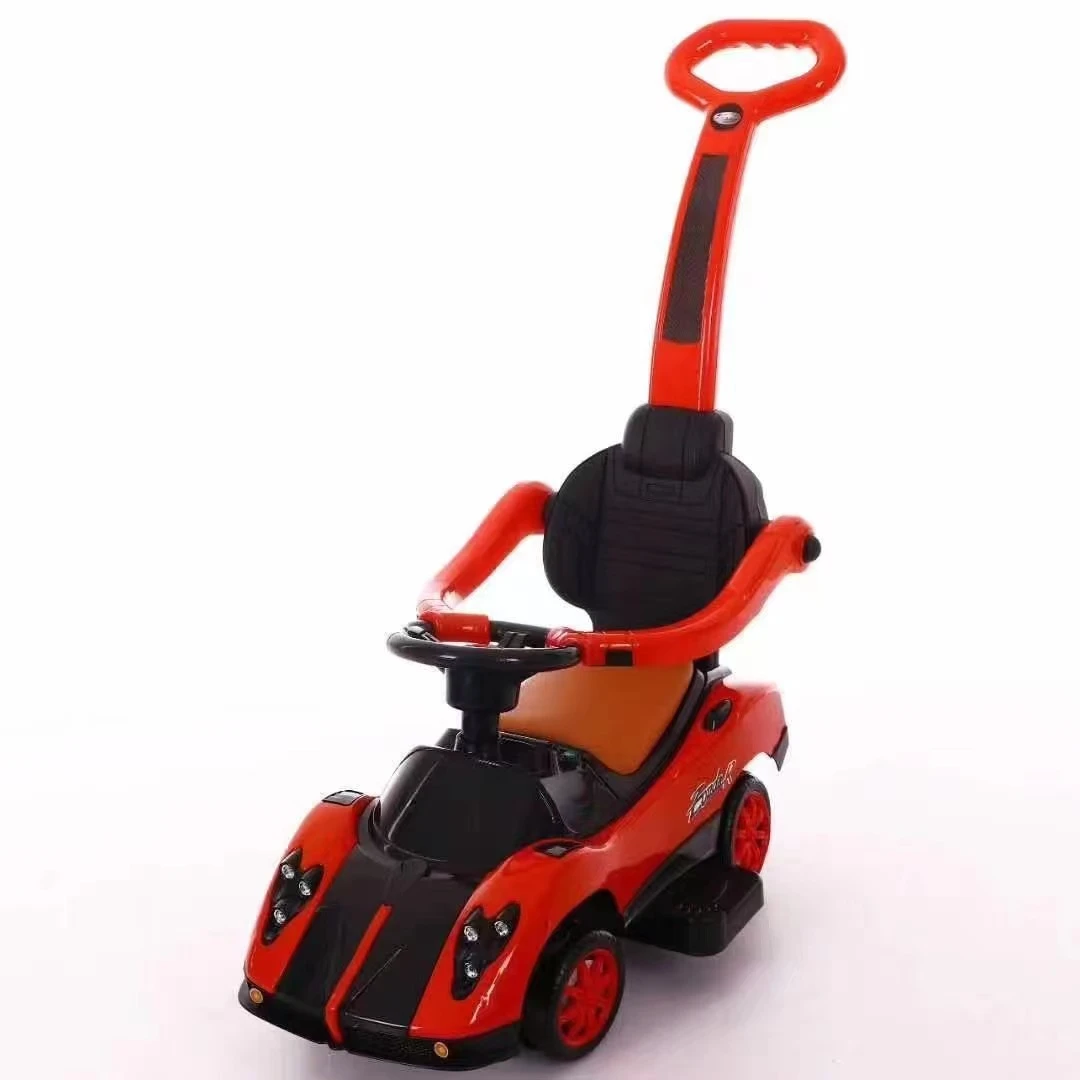how to teach a kid to balance on a bike
How to Teach a Kid to Balance on a Bike
Teaching a child to ride a bike is one of the most rewarding experiences for both the adult and the child. It embodies freedom, fun, and independence. However, one of the key challenges in learning to ride is mastering balance. Here’s a comprehensive guide on how to teach a kid to balance on a bike effectively.
1. Choose the Right Bike
Before you even get started, ensure that the bike is the right size for your child. A bike that is too big or too small can create balance issues and may discourage your child. When the child is seated on the bike, they should be able to place the balls of their feet on the ground. A bike with a lighter frame will make it easier for them to handle and maneuver. Consider a balance bike, which is designed to help children focus on balance without the distraction of pedaling.
2. Safety First
Safety should always be the top priority. Equip your child with a properly fitting helmet, knee pads, and elbow pads. Make sure you explain to them the importance of wearing safety gear. Choose a safe location to practice – a flat, open area free from traffic, such as a park or an empty parking lot, is ideal.
3. Start with Balance Exercises
Before getting on the bike, engage your child in balance exercises. You can ask them to walk on a straight line, hop on one foot, or play balance games. These activities help them enhance their proprioception and body awareness, which are crucial for balance.
Next, let them practice sitting on the bike and walking with it. Encourage them to put their feet on the ground and walk the bike while sitting in the saddle. This practice helps them get used to the bike's balance before actually riding.
4. Scooting Practice
Once your child feels comfortable walking with the bike, it's time for scooting. Ask them to lift their feet off the ground and use their legs to push off the ground, scooting along while keeping their feet positioned below them. This helps them understand how to balance while in motion. Make it a game by setting a distance or seeing how far they can go without placing a foot down.
how to teach a kid to balance on a bike

After your child has mastered scooting, you can introduce pedals. Adjust the pedals properly and ensure that your child knows how to use them. Start with the bike on a slight incline, which will allow them to gain momentum without worrying about the initial push-off. Encourage them to start from a standing position, using one foot to push off and then placing the other foot on the pedal to begin pedaling.
6. Support and Encouragement
As your child begins to pedal, offer support by holding onto the back of the seat or the shoulder to help stabilize them. Gradually reduce your support as they gain confidence. Keep your voice positive and encouraging, celebrating their small successes, whether it’s balancing for a few seconds or pedaling a little further.
7. Practice Stopping and Steering
Once they’re comfortable pedaling, teach them how to steer and stop. Start with gentle turns and progress to sharper turns as they improve. Teach them the importance of looking where they want to go rather than at the ground. For stopping, show them how to use the brakes gently, and practice coming to a stop safely and confidently.
8. Set Up a Training Course
Transform the practice area into a fun course with cones or markers. Set up a path that requires your child to navigate around obstacles. This will not only challenge their balance and coordination but also make learning to ride more enjoyable.
9. Be Patient and Give Time
Every child learns at their own pace. Be patient and allow your child to take breaks if they’re feeling frustrated. Avoid pressuring them, as this can lead to anxiety about biking. Remind them that falling is a part of learning, and encourage them to try again after a fall.
Conclusion
Teaching a child to balance on a bike is a gradual process that requires patience and encouragement. By breaking down each step, providing a safe environment, and celebrating progress, you will foster a positive learning experience. With time, practice, and confidence, your child will be able to ride independently, experiencing the joy and freedom that comes with cycling. Happy riding!
-
kids-scooter-waves-xingtai-zhongzhous-global-rippleNewsAug.22,2025
-
baby-tricycle-oem-legacy-zhongzhou-forgedNewsAug.22,2025
-
xingtais-twin-tricycle-revolution-siblings-ride-togetherNewsAug.22,2025
-
baby-tricycle-design-inspired-by-ancient-armorNewsAug.22,2025
-
nfc-chip-enabled-oem-baby-tricycle-trackingNewsAug.22,2025
-
The Perfect Baby TricycleNewsAug.11,2025
-
Ride into Fun with Bikes for KidsNewsAug.11,2025








